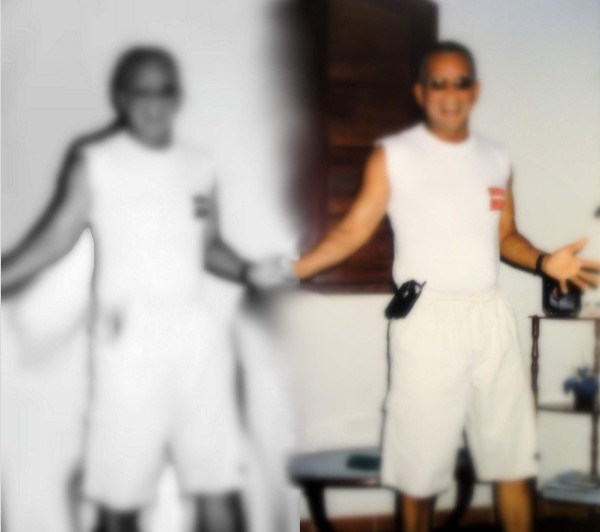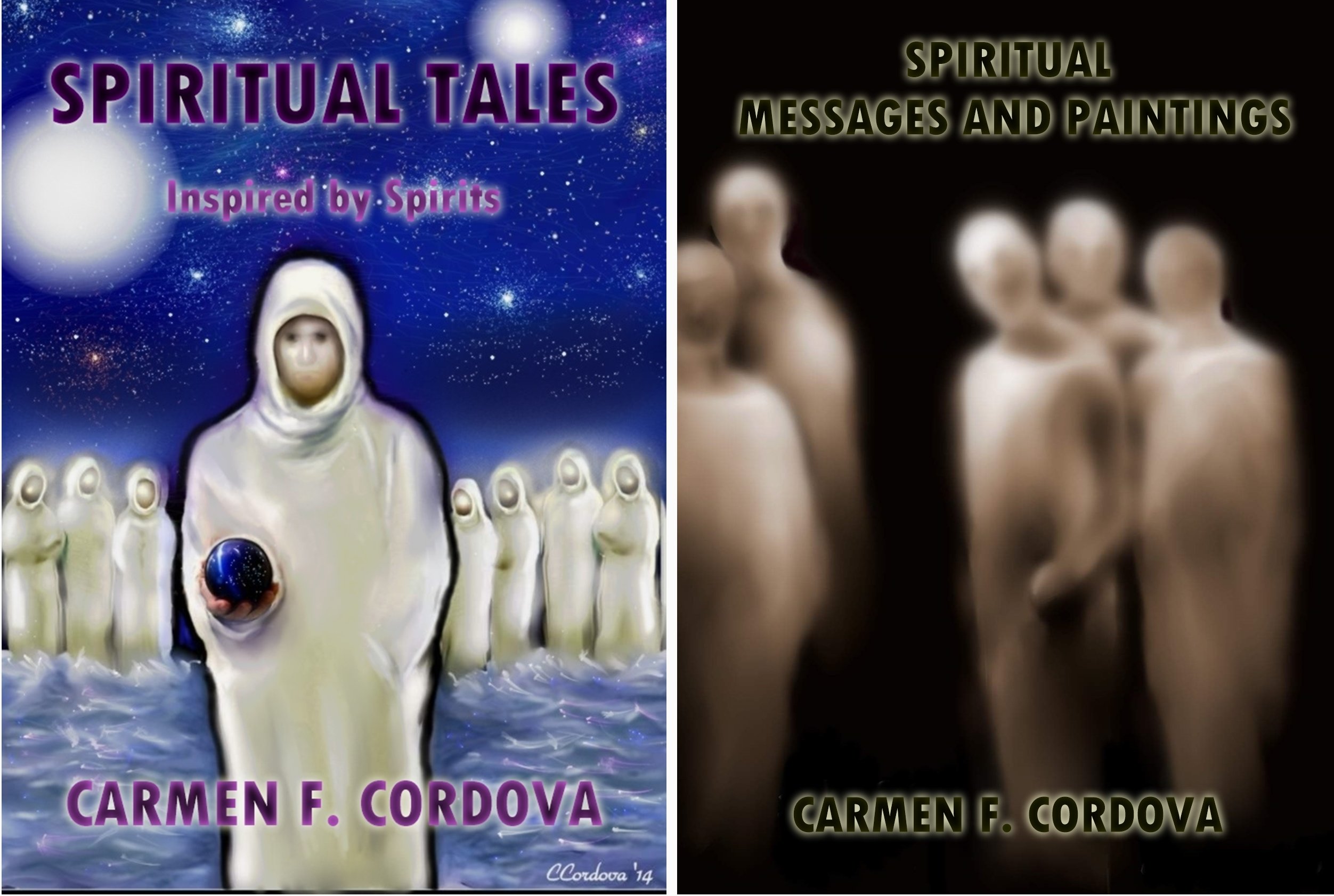What is a Doppelganger ?
 what is a doppelganger ?
what is a doppelganger ?What is a Doppelganger ?
Understanding the Doppelganger Phenomenon
Wikipedia defines Doppelganger as a "paranormal double of a living person."
Urban Dictionary states that the term is, "Someone that looks the exact same as another person. yet not a twin. A ghost identical to living person: an apparition in the form of a double of a living person."
Dictionary.com depicts it as, "a ghostly double or counterpart of a living person."
Introduction
Have you ever stumbled upon a stranger who bears an uncanny resemblance to you, or perhaps a friend who looks suspiciously similar to a famous celebrity? If so, you’ve encountered a doppelganger, a fascinating concept that’s steeped in cultural folklore and scientific curiosity alike. Doppelgangers, or look-alikes, are not just a source of entertainment and intrigue but also a compelling subject of exploration across disciplines, from psychology to genetics, and mediums, from literature to film.
But where does the term ‘doppelganger’ originate? How have these ghostly doubles been portrayed in art, culture, and science? And most importantly, how does this phenomenon impact our understanding of personal identity and uniqueness? Let’s embark on a journey to unravel the mystery of doppelgangers, dissect their cultural significance, and explore their real-life manifestations.
Key Takeaways
- The term ‘doppelganger’ originates from German folklore as a supernatural double of a living person, symbolizing bad luck or death, which over time evolved into a term for lookalikes sans supernatural connotations.
- Literature and film often use doppelgangers as a plot device to explore themes of identity, duality, and the uncanny, reflecting personal struggles and internal conflicts within characters.
- Science investigates the doppelganger phenomenon through genetics and facial recognition technology, despite challenges, helping understand the occurrence of physical resemblances between unrelated individuals.
The Origin of Doppelganger: A German Legend
The word ‘doppelganger’ hails from German folklore, translating literally to ‘double walker’ or ‘double goer.’ Historically, a doppelganger was perceived as an eerie, identical spirit double of a living person, a ghostly counterpart associated with bad luck or an omen of death. Unlike ghosts, which manifest after death, doppelgangers are considered spirit doubles of living individuals, In the realm of language, a “word doppelgänger” refers to a word that closely resembles another in meaning or appearance, creating a linguistic double.
Over time, the word ‘doppelganger’ has evolved, transitioning from its initial supernatural associations to a broader reference to biologically unrelated individuals who resemble each other. Today, devoid of its previous supernatural implications, the term “doppelgänger” is frequently used to denote an individual who bears a striking resemblance to another person, to the extent of being mistaken for their twin.
German Folklore and Spirit Doubles
According to German folklore, doppelgangers, also known as ‘Doppelgängers,’ appear as phantoms or apparitions that mimic a living person, though they cast no shadows. They are believed to anticipate a person’s actions in advance, serving as eerie doppelgangers or parallel entities. This notion of spirit doubles, with its deep roots in German culture and belief systems, is a recurring theme in German literature and folklore.
The belief in spirit doubles was so deeply ingrained in folklore that encountering one’s own double three times was considered an omen of imminent death and bad luck. The concept of spirit doubles reflects the age-old fascination with the idea of the self and its manifestations, a theme that has carried forward into modern art, literature, and scientific investigations.
The Evolution of the Term
The novel Siebenkäs, penned by German author Jean Paul in 1796, marked the introduction of the term ‘doppelganger’ into the English language as a German word. Originally associated with supernatural or spiritual beliefs, doppelgangers were often perceived as negative omens or an indication of imminent death. Over time, this concept has evolved, and the term is now frequently employed to depict individuals who bear a striking resemblance to one another, devoid of any supernatural implications.
In today’s context, doppelgangers are often referred to as living counterpart of other individuals, frequently resulting in incidents of erroneous identification. This shift from the supernatural to the mundane reflects our evolving understanding of identity and the self, a theme that resonates throughout literature, film, and real-life encounters with doppelgangers.
Doppelgangers in Literature and Film
Doppelgangers, as depicted in literature and film, are frequently associated with doom and the uncanny, serving as ghostly imitations or foreboding doubles of the main character. Serving as an effective plot device, doppelgangers create suspense and intrigue, often leading to dramatic revelations and climaxes in narratives. From classic literature to modern cinema, the doppelganger motif has been employed to delve into themes of identity, duality, and the uncanny.
Classic examples of fictional doppelgängers in literature include works by:
- James Hogg
- Edgar Allen Poe
- Elizabeth Gaskell
- Robert Louis Stevenson
- William Shakespeare
- José Saramago
- Gustav Meyrink
- Anthony Hope
- Bret Easton Ellis
The earliest known instance of a doppelganger in literature is in ‘Die Doppeltgänger’ by E.T.A. Hoffmann, published in 1821. These narratives often utilize doppelgangers to symbolize inner turmoil or ethical dilemmas, highlighting the duality of the human mind and spirit.
The portrayal of doppelgangers in modern film and television exhibits considerable variation. From the TV series ‘Orphan Black,’ which features the main character as one of numerous clones, to films like ‘20 Films About Doubles And Doppelgängers,’ the concept of the doppelganger continues to captivate audiences with its exploration of identity and the uncanny.
Classic Examples of Fictional Doppelgangers
In the realm of classic literature, doppelgangers have played an integral role in portraying the complexities of the human psyche. In Edgar Allan Poe’s ‘William Wilson,’ the protagonist encounters a mysterious double with the same name, leading to a series of unsettling events. This story encapsulates the eerie essence of the doppelganger phenomenon, where the collision of the real and the uncanny leads to profound psychological turmoil.
In Robert Louis Stevenson’s ‘Dr. Jekyll and Mr. Hyde,’ the doppelganger concept is used to portray the metamorphosis of Dr. Jekyll into Mr. Hyde, with Mr. Hyde symbolizing the malevolent aspect of Dr. Jekyll’s character. Similarly, the doppelganger motif in Fyodor Dostoevsky’s ‘The Double’ is employed to examine the unsettling truths of the protagonist’s identity, representing a gothic stock character.
In Oscar Wilde’s ‘The Picture of Dorian Gray,’ the doppelganger symbolizes the theme of the double, depicted through an inanimate object, namely the portrait of Dorian Gray. These narratives provide a deep dive into the exploration of self, identity, and the human psyche through the lens of the doppelganger motif. For a comprehensive understanding of this literary device, one can refer to the Oxford Companion to literature.
Modern Representations in Film and Television
Moving from the pages of classic literature to the screens of contemporary cinema, the portrayal of doppelgangers has evolved, adapting to the changing tastes of audiences and the advancements in film-making. Modern films and television shows commonly utilize doppelgangers as a literary device to explore themes of duality, often symbolizing intricate facets of the characters’ identities and their differences.
Significant instances of doppelgangers in contemporary films encompass movies like:
- ‘The Double’ (2013)
- ‘Moon’ (2009)
- ‘Suture’ (1993)
- ‘Adaptation’ (2002)
- ‘Enemy’ (2013)
Each film delves into the notion of doubles and doppelgangers in distinct and compelling ways. Similarly, contemporary television series like The Leftovers and Mission: Impossible prominently feature doppelgangers to generate suspense and mystery or to symbolize duality and impending peril.
The evolution of the portrayal of doppelgangers in film and television testifies to the enduring fascination with the concept and its compelling exploration of identity and duality.
Case Study- Doppelganger
One of the most riveted
and well-documented cases of a spiritual doppelganger is the case of Emile Sagee.
Although I have not personally witnessed any such cases in this
lifetime, I was intrigued by this case and thought it would be a good idea
to share with others.
Emile Sagee was a schoolteacher who lived in France during the 19th century. It was rumored that Emile could be in two places at the same time. Many of her students attested to the above mentioned.
In one incident, students reported that while attending class, they witnessed Emile writing a lesson plan on the blackboard while an identical copy of her stood approximately 3 feet from her. “Mimicking her every move, the doppelganger appeared as an exact twin, dress and all, except the doppelgangers writing movements on the board produced no text because there was no chalk in her hand.”
Another story, witnessed by a large number of students, took place during a sewing class. While Emile’s duplicate copy sat in front of the classroom, students, looking out the window, witnessed Emile working in the garden. “Two of the students stood and approached the ghostly double and being quite brave, reached out and touched it. They said it looked just like Emilee Sagee in all aspects except when they ran their hands through the entity; they said it felt empty, like the stuff cobwebs are made of.”
Another document states, “Two girls tried to touch the apparition but met with an odd resistance and were unable to penetrate the air surrounding the entity. Yet, one girl stepping between the teacher’s chair and the table passed through the apparition, which then slowly vanished.”
Later, Emile confirmed to the school officials that she was indeed working in the garden.
Additionally, on several occasions, Emile’s ghostly double was seen roaming the school hallways while Emile was elsewhere.
Although others had reported seeing Emile’s spiritual double , she never saw her counterpart.
What is a Doppelganger ?
Soulful Spiritual Books

Inspirational books with mind boggling adventures and electrifying actions. Buy Spiritual Tales and/or Spiritual Journey. Travel with the author as she travels around the world exploring new and exciting spiritual experiences. Or, read spiritual tales filled with action-pack adventures, colorful characters and spiritual messages.
Don't wait any longer. Buy these books.
Click below and views more than 600 pieces of spiritual artwork

Spiritual Books
If you enjoy the articles on this website, you will also appreciate the short stories in the books below. Click here and continue the journey.



